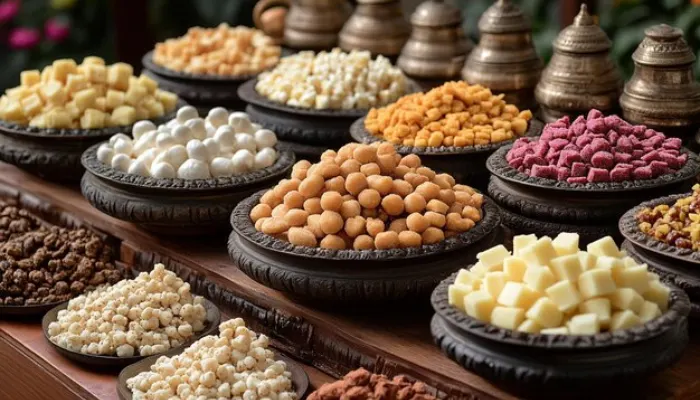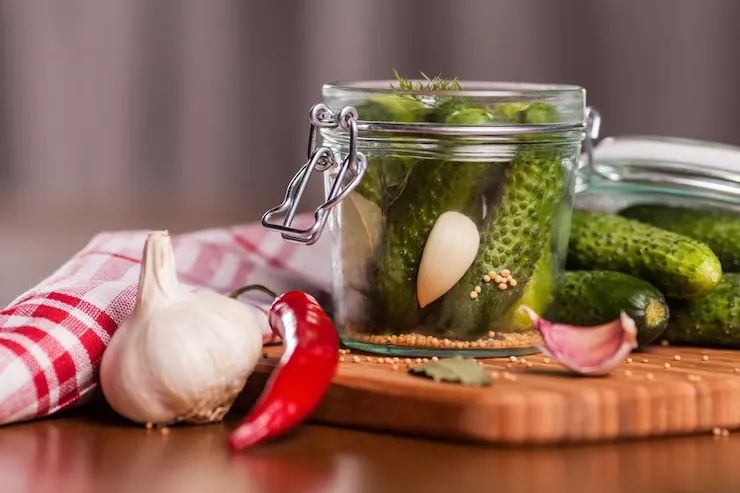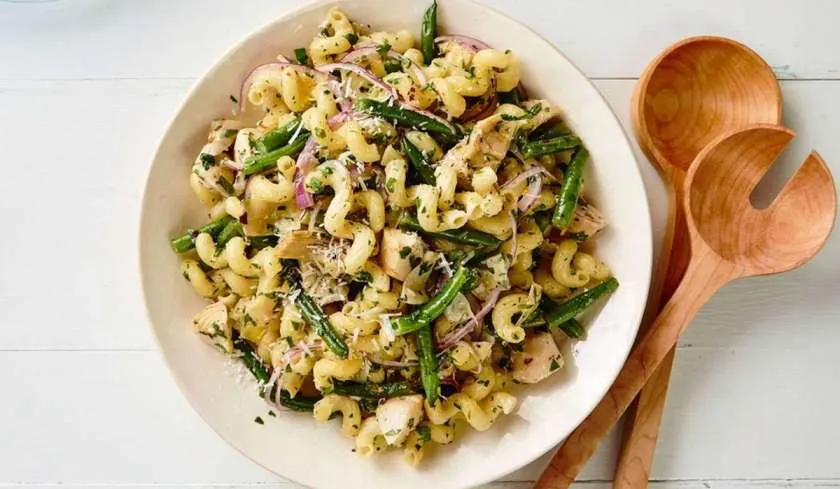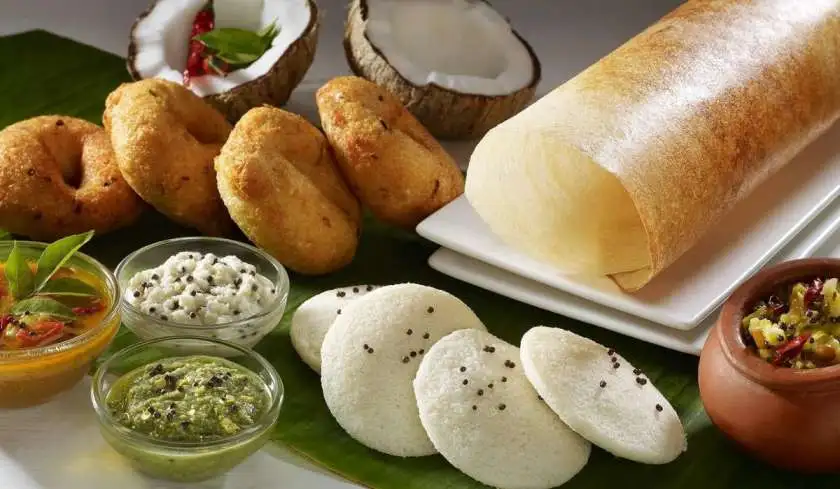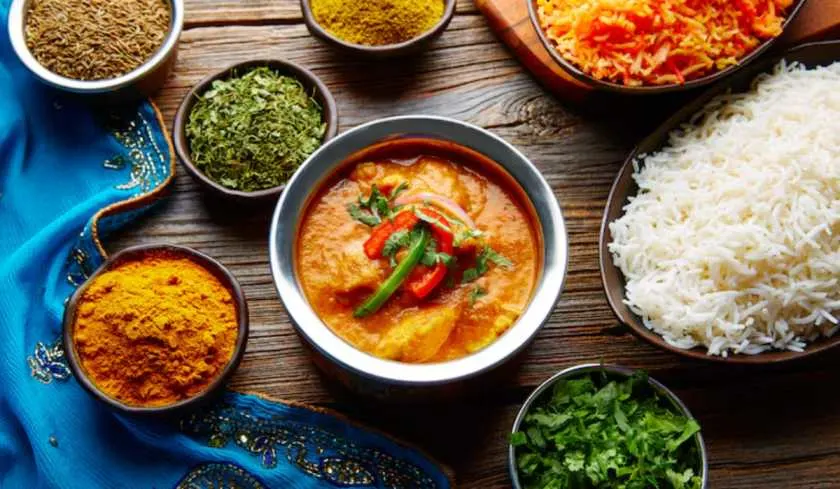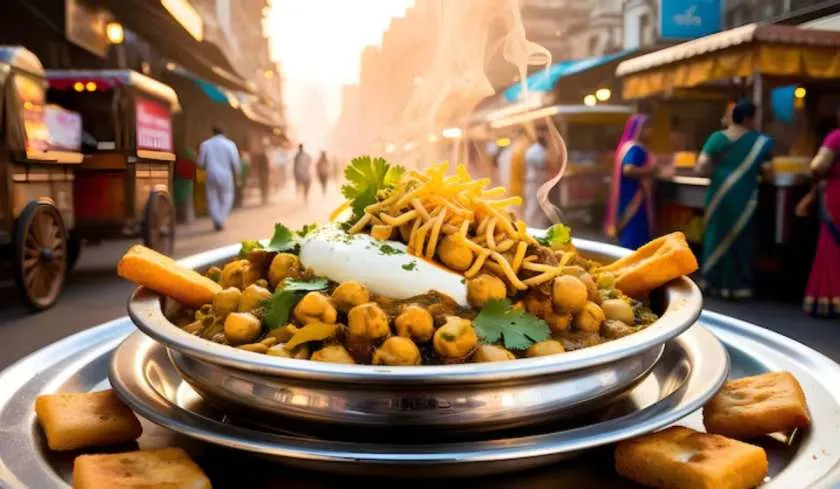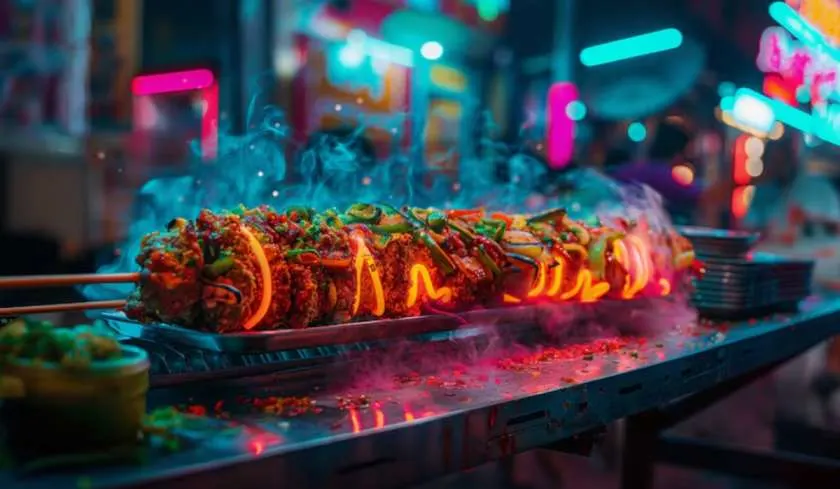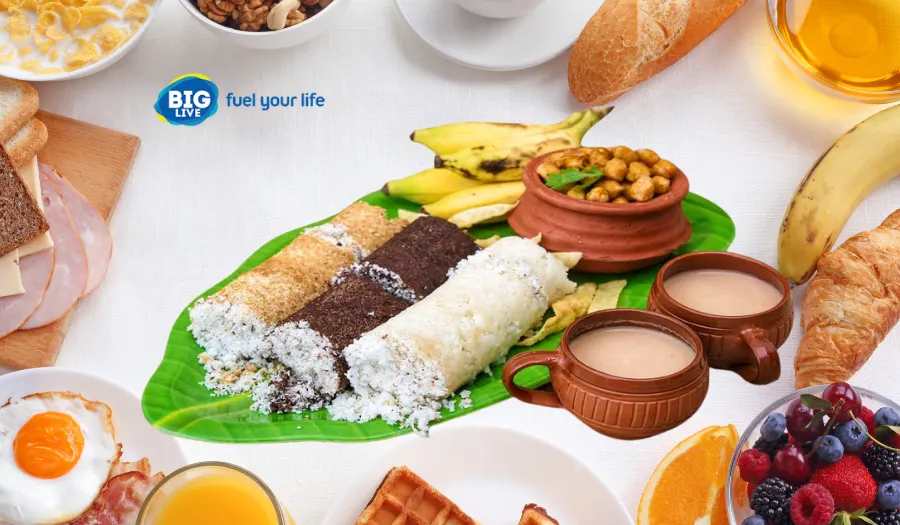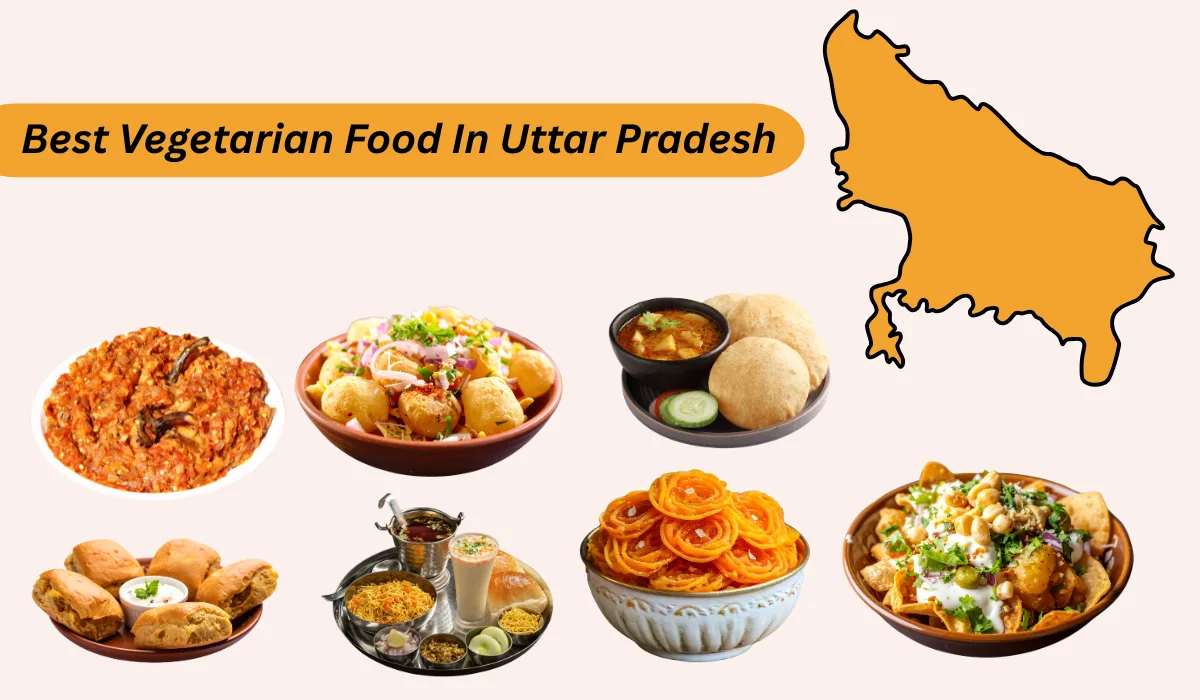There is something about Bengal packing around you - such as an old raga or mustard oil smell on Sunday morning. It doesn't take long to feel that in this part of India is not just a need - this is culture, pride and poetry on a plate.
And if you ever sit to eat in a Bengali house, you've probably heard it in advance - "Maachh, Mishti, Ar Bangali" - Fish and sweets. But truth be told, there’s a lot more cooking in those clay pots.
The Bengali Kitchen
Step into any Bengali household during lunchtime, and you’ll hear the sizzle of oil, the pop of spices, and someone yelling, “Bhaat diye dao!” (serve the rice).
It’s not just about feeding the belly. It’s about stories. About people. About love tucked inside steel tiffins and banana leaves. Food, here, isn’t made. It’s crafted with memories.
Fish is not a plate, this is a lifestyle
Let's get one thing directly - if you are Bengali and do not eat fish, there is something different in you.
Greetings (Ilish): Monsoon Royalty
- When the clouds gather in the sky, the hunt begins - for fresh Ilish.
- It is prepared with mustard or cooked with only green chili. There is a star in each special lunch.
- No one eats just one piece. And no one, absolutely no one, leaves the bones behind.
Read More: From Rosogolla to Roll: Bengal’s Street Food Story
Rui and Katla: The Everyday Champions
Hilsa might steal the spotlight, but Rui and Katla run the daily show. They swim through weekday lunches, tucked in thin curries with potatoes and brinjal, seasoned with just enough spice to keep you coming back.
Honestly? Sometimes simple hits the hardest.
Rice: The Unsung Hero
If there’s a plate in Bengal, there’s probably rice on it. Hot, steaming, slightly sticky rice. Scooped with fingers. Topped with daal, fish curry, a squeeze of lemon, maybe a green chilli on the side.
It doesn’t get more Bengali than this. You can skip the salad. Maybe even the chutney. But never the rice.
Mishti: Sweetness in Every Corner
Let’s just say this—Bengalis don’t wait for dessert. Sweets come before, during, after, and between meals.
Roshogulla: a cloud in the syrup
- Swim in soft, spongy and sugar syrup, roshogulla is pure happiness.
- A piece and it burst into your mouth as a happy surprise.
- Made fresh every morning, best enjoyed when it’s still warm.
- And no, two are never enough.
Sandesh: Elegance in Simplicity
- Sandesh is the quieter cousin.
- No syrup. Just sweetened chhana, sometimes with a dash of cardamom or a spoonful of nolen gur (date palm jaggery).
- Light, delicate, and always classy.
Luchi: Sunday Morning Bliss

- You know it’s going to be a good day when you smell luchi frying.
- Puffy, golden pillows of joy—paired with spicy aloo dum, or maybe a bit of cholar daal with coconut bits.
Top it off with a mishti or two, and suddenly, Monday doesn’t seem that bad anymore.
Puchka, Rolls, and Afternoon Cravings
- Bengali street food deserves a standing ovation.
- It’s noisy, messy, full of flavor—and unforgettable.
Puchka: The King of Chaos
- Crispy shells. Tangy tamarind water. Spiced mashed potato.
- Eat five and you’re still not done. The sixth one always hits different.
- Every neighborhood has its puchkawala, and every Bengali has a favorite.
Kathi Roll: Kolkata’s Proud Invention
A flaky paratha, wrapped around skewered meat, onions, sauces, sometimes egg.
It’s fast food, but better.
The unique Potato Biryani
Ah yes, the controversial aloo in biryani. Bengalis won’t hear a word against it. Mild, aromatic rice. Soft mutton. One perfectly cooked potato. That’s Kolkata biryani in a nutshell. And honestly? It just works.
The Bold Flavor of Shutki
Okay, let’s talk about shutki maachh—dried fish that smells strong but tastes stronger.
- It’s spicy. It’s smoky. It’s not for everyone.
- But if you know, you know.
- Cooked with garlic, onion, mustard oil—it’s an explosion of flavor.
Veggie Magic in a Fish-Loving Land
You’d think Bengal is all fish and meat. But the vegetarian dishes here? They hold their ground.
Shukto: The Bitter Beginning
Mild. Creamy. A touch bitter. Shukto is a strange little dish made with vegetables and milk, served at the start of lunch. By Day 3, you’ll be craving it.
Labra, Chorchori & More
Vegetables tossed with panch phoron, cooked till they almost fall apart, then served hot with rice and ghee.
It’s comfort food at its finest.
Mustard Oil: The Real MVP
Open a Bengali kitchen cabinet—you’ll find shorsher tel.
Dark yellow, pungent, and unmistakably bold.
Panch Phoron: The Bengali Signature
This five-spice mix isn’t just a seasoning—it’s a personality.
- Cumin
- Mustard
- Nigella
- Fennel
- Fenugreek
Tempered in oil, it adds a fragrance that pulls you straight into a Bengali home—even if you’re 5 lanes away.
Festivals Taste Better in Bengal
Durga Puja. Poila Boishakh. Saraswati Puja. Even housewarmings feel like food festivals here.
You’ll see:
- Bhoger khichuri with brinjal fry
- Sweet tomato chutney
- And yes, mountains of mishti
Everything’s served with love. And often second helpings.
Evening Cha: Sip, Chat, Repeat
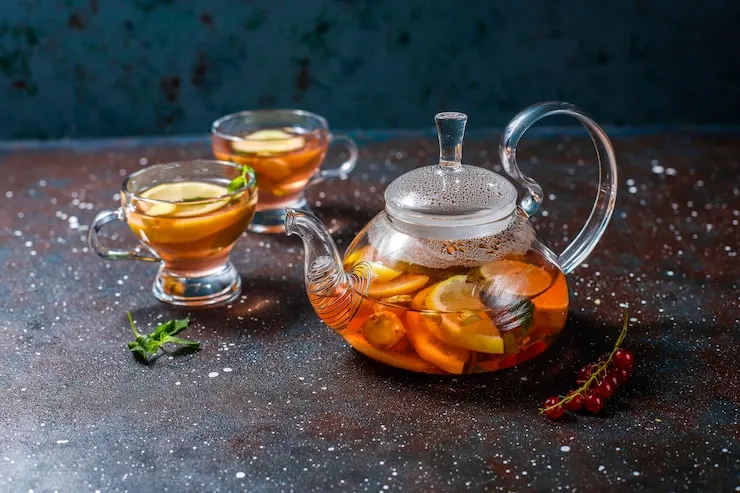
When the clock strikes 5, Bengalis pause for cha.
Served in clay cups or old steel glasses. Usually with something crunchy—singara, nimki, or fried daler bora (lentil fritters).
The best conversations often begin with, “A cup of tea?”
Food in Bengali Art and Cinema
From Rabindranath Tagore’s letters to Satyajit Ray’s films, food pops up everywhere.
There’s something magical about how Bengali culture weaves meals into everyday life—without making it seem grand.
A bowl of rice. A plate of dal. A quiet moment.
Today’s Twist: Fusion Bengali Food
You’ll now find cafes in Kolkata serving:
- Ilish sushi
- Luchi tacos
- Mishti doi panna cotta
It’s fun. It’s modern. But deep down, it's still Bengali. The flavors don’t lie.
Maa’s Kitchen Will Always Win
The relationship between mother and child is always under discussion. It’s pure. It’s unique. That daal with too much salt? That curry that tastes different every time? That’s the real deal. Because food, in the end, isn’t about perfect recipes.
Bengali market experience: a symphony of sounds and smells
If you really want to feel the pulse of Bengali food culture, forget the restaurant for a moment - directly in the local market. It's not polished, it's not calm, and that's absolutely the matter.
You’ll hear the fishmongers yelling out the day’s catch—“Ilish notun eseche!” (Fresh Hilsa just in!)—while the vegetable vendors argue over the price of tomatoes, their voices overlapping in a kind of loud harmony. There's mud on the floor, banana leaves rolled under the arm of every second shopper, and the unmistakable smell of mustard oil hanging in the air like a whisper of what’s to come in the kitchen.
It’s not uncommon to spot elderly grandmothers poking at okra to check for freshness or chatting up the butcher about the best cut of goat for Sunday’s kosha mangsho. This isn’t just shopping—it’s a social event.
People don’t just buy ingredients; they ask about your son’s job, whether the mangoes were sweet last week, and if the spice guy finally restocked that special garam masala blend. You leave the bazaar with more than a bag of produce.
You leave with gossip, good wishes, and perhaps a cooking tip or two from the woman in front of you who insists, “Add a pinch of sugar to the mustard paste, it balances the bite.”
Also Read: How Bengali Kitchens Keep Culture Alive
Food as Memory: More Than Just a Meal
For Bengalis, food isn’t a chapter in life—it’s the entire story. That bowl of daal your mother made when you were sick? That first bite of garam luchi at your cousin’s wedding? Etched in memory like a photograph.
Even the bittersweet tang of mango pickle from your grandmother’s pantry holds a weight that words can't carry. Food is how Bengalis express care. Someone might not say “I love you” outright—but they’ll peel mangoes for you, debone your fish, or stay up late to prepare your favorite mishti doi from scratch.
And meals are rarely quiet. There was laughter, political debate, green chili and at least one person declared himself "on diet" who helped another. The flavors are bold, yes, but they are also known - as an old friend who never changes how much the world does. When a Bengali leaves the house - it takes them to another city or any other country - what they miss the most is not monuments or festivals.
It is the smell of mustard seeds in the oil, the smell of the smell in a soft sandesh, the steam rising from the steam bowl. In this way, food becomes a kind of anchor - takes them to the ground, no matter how far they go away.
The Final Spoonful: Mishti Doi
Let’s close with a chilled bowl of Mishti Doi. Set overnight in clay pots, thick and creamy with a gentle sweetness—this sweet yogurt is the most comforting full stop to any Bengali meal. No garnish. No fuss. Just... perfect.
So What’s the Taste of Bengali Life?
It is soft as roshogolla, sharp as mustard oil, fat as shutki and warm as the evening. It is full of stories - every spice, each recipe, through each bit. If you ever want to understand a Bengali, just share food with them. The rest will come naturally.



